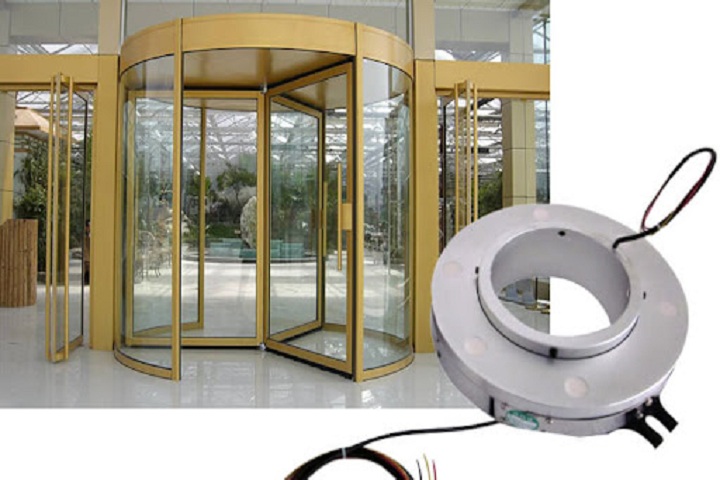The way we are learning is evolving all the time. This includes how professionals such as nurses and doctors are gaining the practical skills to carry out their roles successfully. Simulation learning is currently one of the fastest-growing areas for learning new skills and gaining useful practical experience. This article will cover exactly what simulation learning entails, discover its many benefits, and reveal how individuals interested in healthcare can find out more about working in this exciting area.
What is simulation learning?
As its name suggests, simulation learning entails learning skills or gaining knowledge using simulated scenarios. This means that students can practice their skills or apply their knowledge in an environment that mimics real-world scenarios.
There are lots of different types of simulation tools and settings available for this type of learning.
High-fidelity mannequins
High-fidelity mannequins are sophisticated, life-like mannequins that respond just like patients with features such as pulses as well as lung and heart sounds. Students can practice many techniques on these types of mannequins, including giving cardiopulmonary resuscitation (CPR), intravenous infusions, and defibrillation.
Low-fidelity mannequins
Low-fidelity mannequins are less human-like compared to their high-fidelity cousins and can only provide a limited number of scenarios to practice. However, they are great for practicing the steps of CPR, for example, so students can learn about opening a patient’s airways and giving chest compressions.
Partial-task simulators
Partial-task simulators offer students the chance to practice their skills on a particular task or body part. For example, it may take the form of the model of an arm, allowing students to practice inserting IV tubes or drawing blood for testing.
Role playing
Role-playing is another valuable example of simulation learning. This tool enables students to act out the role of patient or healthcare professional with numerous different scenarios, allowing their peers to practice problem-solving and critical thinking skills.
Volunteer patients can aid role-playing by ‘performing as themselves’ and allowing students to ask questions about their medical condition and suggest solutions. This kind of simulation learning is perfect for healthcare professionals to practice their “soft skills” such as communication and problem-solving.
E-learning
E-learning continues to be a popular way to practice medical scenarios or get to grips with using new equipment. All that is required is an internet connection so that students from many different locations can learn together or individually at their own pace.
What are the benefits of simulation learning?
There are many benefits of practicing hands-on skills in a safe environment, as offered by simulation learning. One of the most obvious when it comes to devices such as mannequins and simulators is that students can make mistakes and no patient will come to harm.
Simply being aware of this fact can give students confidence and lead to a positive learning experience. A paper that examined high-fidelity simulation found that this learning method contributed to a reduction in anxiety and an increase in confidence in students. It went so far as to recommend that all nursing courses should include this modality.
Simulation models can also provide many different scenarios to practice. When practicing on a ‘real’ patient, students will only be exposed to one or a limited number of medical conditions, but with high-fidelity mannequins in particular, a whole range of medical issues can be simulated.
Another great benefit of simulation learning is that students can receive immediate feedback once they have performed their tasks. Or their teachers may offer feedback as they progress through the procedure, which is not always possible when performing the same task on a real patient.
Simulation tools allow students to practice the same technique repeatedly, so they gain plenty of experience and familiarity with the procedure. It is not possible or ethical to continuously perform tasks such as taking blood on real patients, so this is one of the many areas where simulation learning has a distinct advantage.
Without a doubt, simulation learning is continuing to grow as a learning tool, especially since the recent COVID-19 pandemic, which restricted the way in which professionals such as nurses could access and perform training.
Now that modes of learning such as simulation, online learning, and virtual consultations have opened training to more professionals, they have the chance to further their careers in unrestricted ways and pass on that knowledge to others.
How to learn more about simulation learning
A nurse who can appreciate the benefits of simulation learning for students and has a keen interest in educating future nurses, could consider a Master of Science in Nursing with a nurse educator focus.
This course of study will enable nurses to add to their own knowledge and encourage others to gain valuable skills through simulation learning. This will help them to contribute to training the next generation of nurses. Becoming a nurse educator is a highly rewarding career path that will give nurses the satisfaction of seeing their students grow and flourish in a safe and professional environment.
The Master of Science in Nursing course provided by Walsh University includes a focus on simulation nursing education, to help expand students’ skillset and teach confidently using this modality. As part of the course, nurses will also learn how to prepare a curriculum and teaching materials, as well as to switch to different teaching strategies as needed. This means that nurses who complete this course can help shape the future of nursing by encouraging students to learn confidently in a supported environment.
It is ideal for anyone who wants to add to their skills and take on a teaching role, and anyone who wants to learn flexibly. As this is an online course, nurses can study from their chosen location while continuing with other commitments.
There is a choice of either an eight-week or 16-week course and nurses can complete it in as few as five semesters! Students of the course will also be supported in a clinical placement, so they will get the best of both worlds, mixing the ability to study online with hands-on experience.
Once the nurses have finished the course, they can look forward to expanding their careers and preparing for the future generation of nurses.
The future of healthcare
Simulation learning is here to stay and is only growing in popularity. It is a highly successful way of teaching practical and other skills to healthcare professionals like nurses, not least because it provides an environment where they feel safe and supported.
For anyone who loves seeing others flourish and feels that they have got knowledge and experience to pass on, it is worth considering a Master of Science qualification with an emphasis on education through simulation learning.
Students of the program will be rewarded not only by adding to their existing skills but helping to shape the next generation of nurses, who are destined to deliver high-quality care with confidence.






